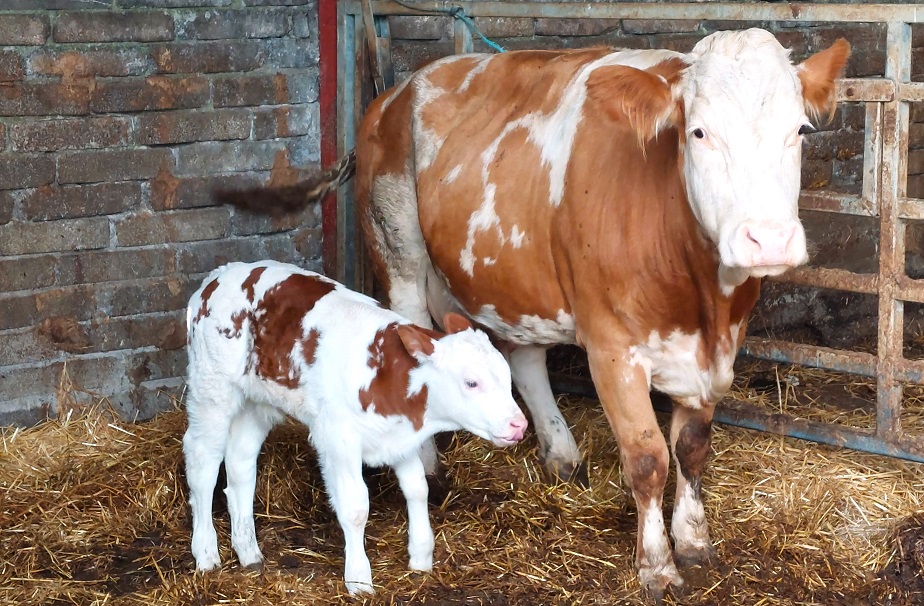German study shows larger dairy herds not de facto associated with poorer animal welfare

A research project with data from 3,085 German dairy farms involving 376,415 cows finds that larger dairy holdings, often criticised as detrimental to animal welfare, were not necessarily associated with poorer animal welfare. The study’s main objective was to investigate the relationship between animal welfare and herd size of German dairy farms. The sample analysed resembled the diverse structures of dairy farming in Germany, the fourth-largest milk producer in the world, and covered a wide range of dairy farm sizes, from 7 cows to 2,900, with an average farm size of 122 cows.
The sample consisted of 98% conventional and 2% organic, with 93% specialising in dairy production. The average size of the farm was 141ha, of which 73% was grassland, with 55% of the farms allowing cows to graze. An Animal Welfare Index (AWI) was developed as part of a larger project on sustainability in dairy farming, in close consultation with experts along the dairy value chain, such as farm animal welfare scientists, farmers and dairy representatives. This index covered housing, feeding, health, behaviour, hunger and thirst, discomfort and pain, injury or disease, freedom of movement, access to outside climate stimuli, type of cubicle and flooring, resting areas and drinking troughs.
Results showed that larger farms achieved a better AWI than smaller farms. Even if the effect size was small, the result is nevertheless in contrast to the widespread assumption that large farms have lower animal welfare. In all herd size classes, a large variation of the animal welfare index between herds was found, and herd size is not the only factor affecting animal welfare levels on individual farms. The knowledge and skills of the farm manager and the amount of time that farmers can devote to animals also positively affect animal welfare.
Even if, on average, farms with loose housing achieved a higher animal welfare index than farms with tie stalls, the scattering of animal welfare index values showed that both high and low animal welfare index values can be achieved, regardless of the husbandry system. This is because certain indicators, such as resting areas per cow, are independent of the dairy barn system and can substitute for other factors. Moreover, the study found a large variation in the animal welfare index between herds in all herd size classes, with greater differences within regions than between regions and variation was also evident within herds of the same size.
These results strengthen the evidence that herd size has little effect on farm-specific animal welfare levels, and there is potential for better animal welfare on both small, medium-sized, and large dairy farms. Therefore, public discussions and political decisions about animal welfare should consider that herd size and politically enforced herd size restrictions deserve less attention. In contrast, instead, there should be greater emphasis on implementing animal welfare measures on farms.